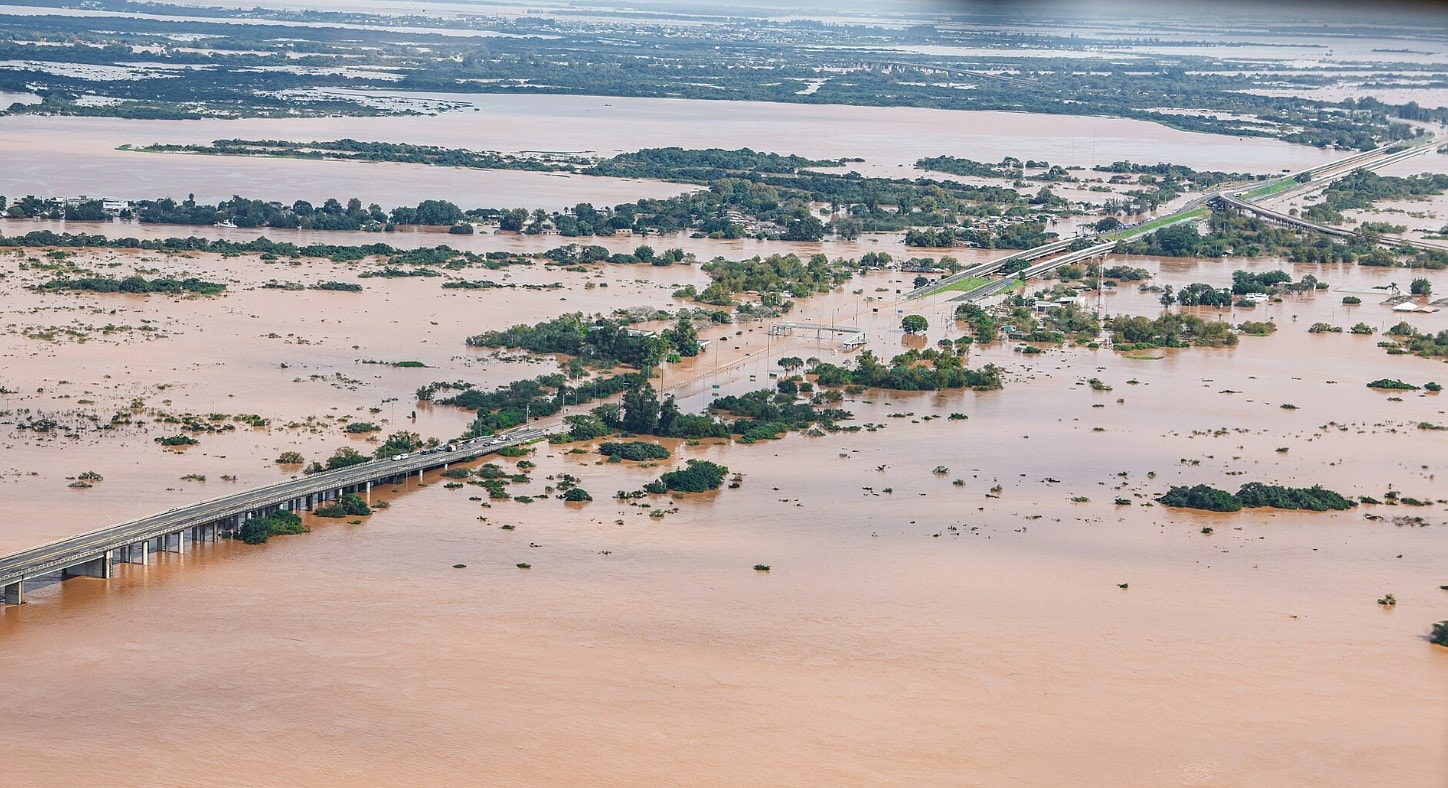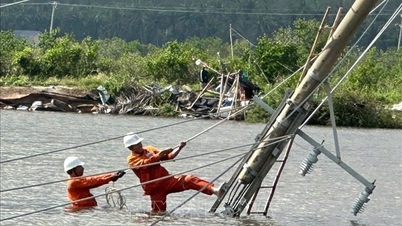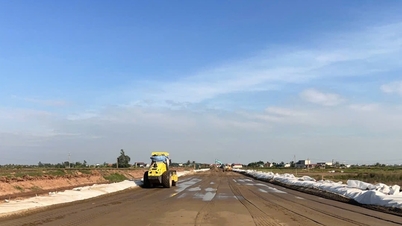The above report of the United Nations was released right before the United Nations Conference on Climate Change 2025 - COP30 officially took place in Brazil today (November 11), requiring this conference to take action, not just make empty promises.
Increasingly severe floods, storms and droughts have forced hundreds of millions of people from their homes, as climate change increases conflict, poverty and inequality globally, the report said.

The United Nations High Commissioner for Refugees (UNHCR) says climate disasters have displaced 250 million people in the past 10 years, or 70,000 people a day. Many have been forced to move multiple times due to increasingly harsh living conditions.
Global crisis due to extreme weather
Extreme weather events such as floods, storms, droughts and heat waves not only cause loss of life and property but also exacerbate conflicts, food crises and water shortages.
Slow-moving disasters such as desertification, rising sea levels and ecosystem degradation are also threatening the livelihoods of millions of people.
By mid-2025, 117 million people will have been displaced by war, violence and persecution – a human rights crisis that the climate emergency is making worse.
UNHCR describes climate change as a “risk multiplier” that exposes and amplifies existing social injustices.
According to the report "No Escape II: The Way Forward" just released by UNHCR, the number of countries facing simultaneous displacement due to conflict and natural disasters has tripled since 2009.
However, countries affected by conflict or hosting refugees receive only a quarter of the climate finance needed.
Refugees and displaced people, often living in precarious conditions, are among the hardest hit by the climate crisis, despite having contributed little to its cause.
Hotspots suffering the consequences of the climate crisis
In Brazil, historic flooding in Rio Grande do Sul state in May 2024 killed 181 people and displaced 580,000, including tens of thousands of refugees from Venezuela, Haiti and Cuba.
In Myanmar, Cyclone Mocha in 2023 devastated Rakhine state, where hundreds of thousands of Rohingya have lived in cramped refugee camps for more than a decade.
In 2024 alone, one-third of UNHCR's emergencies will involve floods, droughts, wildfires and extreme weather events that directly affect people displaced by war.
Around 75% of refugees and migrants currently live in countries at high or extreme risk from climate-related hazards, making recurrent migration increasingly common.
In Chad, more than 1.4 million refugees live in inadequate conditions, while floods in 2024 forced 1.3 million to flee their homes – more than in the previous 15 years combined. Sudanese refugees there receive less than 10 liters of water a day, far below emergency standards.
Nearly half of the world’s migrants live in countries experiencing both conflict and severe climate impacts, such as Sudan, Syria, Haiti, Congo, Lebanon, Myanmar and Yemen – countries that contribute almost nothing to global greenhouse gas emissions, but are suffering severely from the climate crisis they cause.
"COP30 needs action, not just empty promises"
A UNHCR report warns of the risk of disaster if drastic action is not taken to help poor countries adapt to climate change.

By 2050, many of the hottest refugee camps could experience nearly 200 dangerously hot days per year, posing serious risks to health and survival, making many areas uninhabitable.
UNHCR calls on COP30 Climate Summit in Brazil to pay attention to the growing and forgotten refugee population.
"Budget cuts are undermining our ability to protect refugees from extreme weather. We must invest in the most at-risk places to ensure stability," said High Commissioner Filippo Grandi.
"Climate finance must reach communities on the brink to prevent further displacement. The summit (COP30) must be real action, not just empty promises."
Source: https://congluan.vn/lien-hop-quoc-khung-hoang-khi-hau-rat-nghiem-trong-cop30-can-hanh-dong-ngay-10317302.html



![[Photo] Prime Minister Pham Minh Chinh attends a conference to review one year of deploying forces to participate in protecting security and order at the grassroots level.](https://vphoto.vietnam.vn/thumb/1200x675/vietnam/resource/IMAGE/2025/11/12/1762957553775_dsc-2379-jpg.webp)



![[Photo] The "scars" of Da Nang's mountains and forests after storms and floods](https://vphoto.vietnam.vn/thumb/1200x675/vietnam/resource/IMAGE/2025/11/13/1762996564834_sl8-jpg.webp)





























![[Photo] Highways passing through Dong Nai](https://vphoto.vietnam.vn/thumb/1200x675/vietnam/resource/IMAGE/2025/11/12/1762940149627_ndo_br_1-resize-5756-jpg.webp)



































































![Dong Nai OCOP transition: [Article 3] Linking tourism with OCOP product consumption](https://vphoto.vietnam.vn/thumb/402x226/vietnam/resource/IMAGE/2025/11/10/1762739199309_1324-2740-7_n-162543_981.jpeg)








Comment (0)